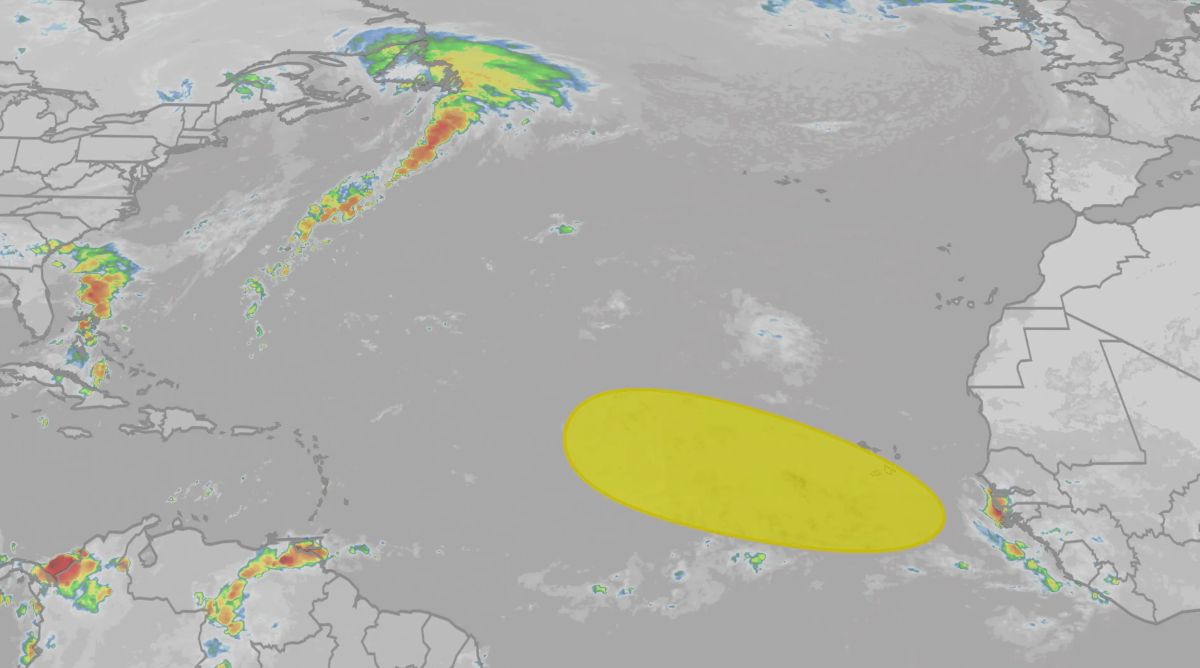According to the latest NHC storm news, the low pressure has just separated from the West coast of Africa on August 31, and is likely to strengthen as it moves into the Atlantic, signaling an increasing storm threat in this basin.
The storm and depression have a 30% chance of forming a tropical depression or storm over the next 7 days, with a projected path extending from the Cabo Verde Islands to the central tropical Atlantic. If it develops into a tropical storm, it will become the seventh storm of the 2025 Atlantic hurricane season, named Gabrielle.
Notably, the appearance of this disturbance coincides with the long-term forecast from the National Oceanic and Atmospheric Administration (NOAA) Climate Prediction Center, which highlights the possibility of increased storm activity from September 3-9. Then, when it enters the peak of the hurricane season on September 10, the risk of major storm formation in the central Atlantic, the southern Gulf of Mexico and the northwest Caribbean will increase sharply.

Statistics show that on average, Typhoon No. 7 usually appears on September 3 (41-2020). Thus, this system almost matches the Atlantic hurricane schedule.
The 2025 hurricane season has so far recorded the only major storm Erin, sweeping across the US East Coast, causing large waves and dangerous offshore flows that killed at least two people while swimming (one in New Hampshire, one off Long Island). A 50-year-old man in Massachusetts remains missing after his boat capsized on 25 August.
Although the start was a bit quiet, experts still predict that this year's storm season will be "hotter" than usual. Last year's statistics showed that after September 9 alone, there were 13 storms forming, including Hurricanes Helene and Milton.
The Atlantic hurricane season officially runs from June 1 to November 30, with a peak in mid-September. The formation of Hurricane Gabrielle (if it does) could be a signal for a series of consecutive storms in the next few weeks.











